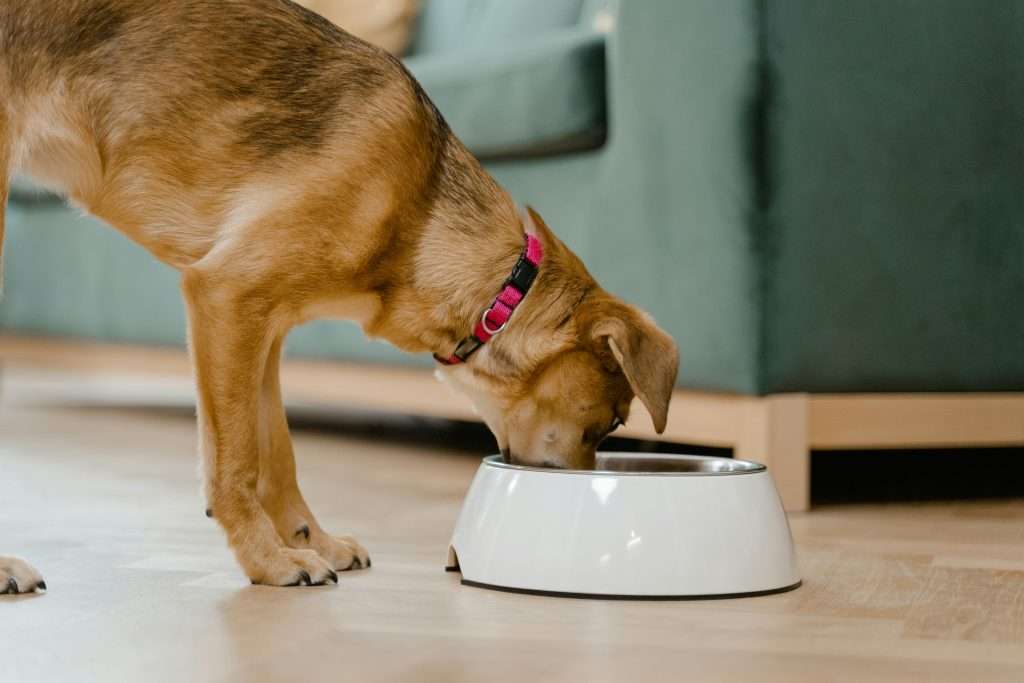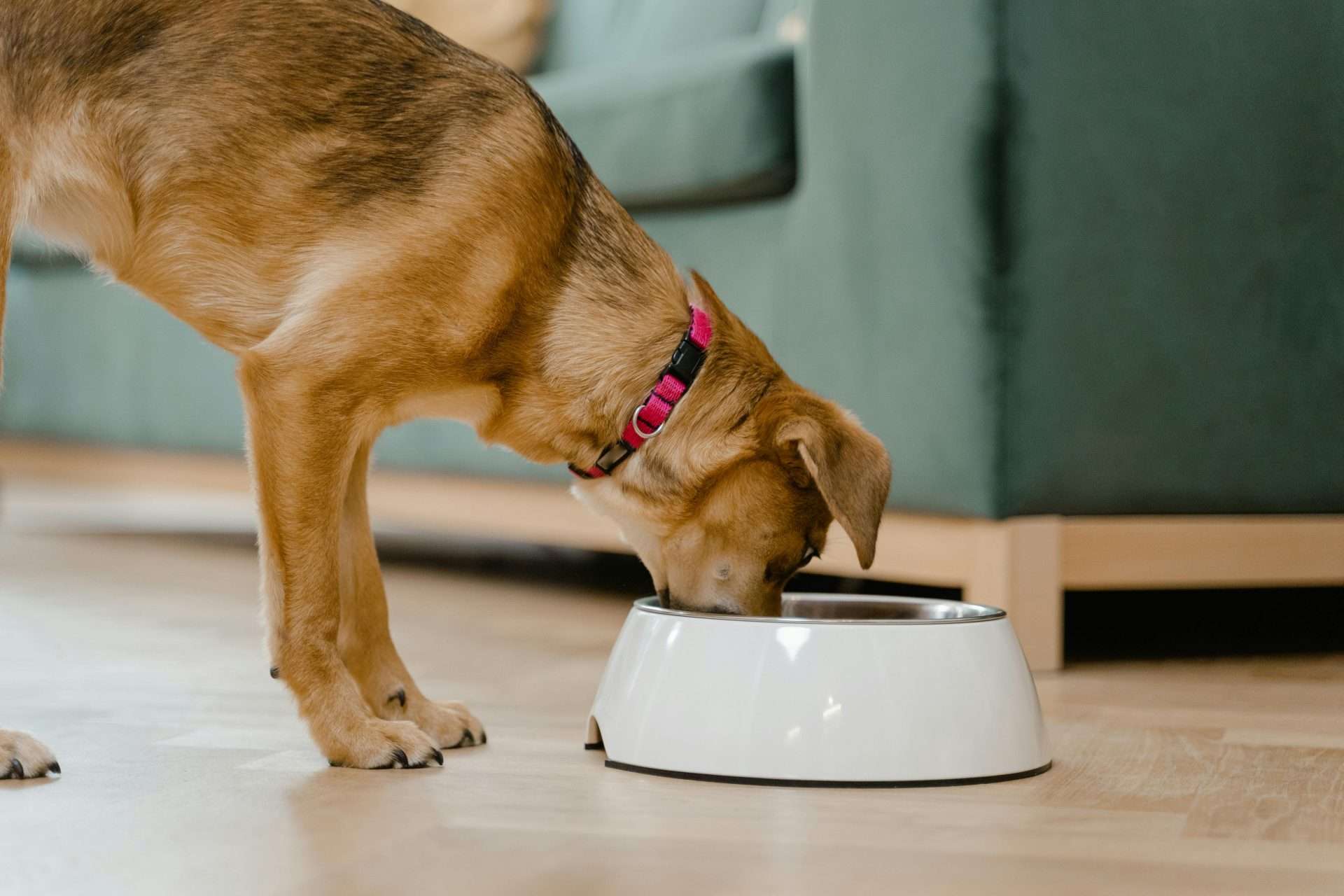Dogs and Pork: Nutritional Benefits & Safety Tips

Dogs and Pork. This guide aims to give dog owners the information they need. It will help them make intelligent choices about their furry friend’s eating habits.
Let’s delve into the complexities of canine dietary needs. We’ll uncover the complete details about including pork in your dog’s diet.
Table of Contents
We strive to provide our dogs with optimal nutrition at every meal. Although pork is standard in many households, it often raises questions about whether it suits dogs. This section will examine pork’s role in dog nutrition and discuss its possible benefits and risks.
Can dogs eat pork for added nutrition?
Pork is more than just tasty. It provides essential nutrients like protein, amino acids, and vitamins. In this section, we’ll look at the nutritional benefits pork offers dogs. We’ll cover the correct serving sizes and when pork can be a healthy addition to a dog’s diet.
Pork is like other meat. It’s a great protein source. It gives your dog critical amino acids. Lean, cooked pork has a protein content of 26%.
Pork also provides essential vitamins and minerals such as:
- Niacin
- Vitamin B6
- Vitamin B12
- Iron
- Zinc
- Phosphorus
- Selenium
- Thiamine
All these help to keep your dog healthy.
When to Not Give Pork to Dogs
Pork can give your dog lots of health benefits. It has protein, vitamins, and minerals. But not all pork cuts are as nutritious.
Feed lean pork if you feed your dog the pork you prepare at home. Some cuts can be very fatty. The leanest cuts of pork include the pork loin and the tenderloin.
Ham can also be a lean cut of meat, but many ham cuts are heavily salted and may not be appropriate for your dog.
Can dogs eat raw pork?
Raw meat diets have become more popular due to their benefits, such as better digestion and improved hair coat, skin, and energy. Indeed, raw diets are generally more digestible than typical commercial dog foods. However, feeding dogs raw pork is discouraged due to the risk of bacterial contamination.
Safe Pork Preparation for Canine Consumption
Preparing pork for dogs is different from preparing it for humans. This section outlines the safest ways for dogs to eat. It says to avoid spices and to cook the meat well. This keeps dogs safe from trichinosis and other health risks.
After cooking pork, it should reach at least 145°F inside. This kills any bacteria. [1]
Seasonings and spice rubs containing these ingredients are very dangerous. When consumed, they pose a deadly threat to dogs.
- Onion powder
- Nutmeg
- Garlic powder
How much pork can a dog eat?
Like any other food you try out for the first time, feed your dog a small amount to see if there’s any reaction. Certain meats, including pork, rabbit, and lamb, may cause allergic reactions.
Pork is also high in fat, and dogs struggle to digest it. This can cause indigestion and inflammation of the pancreas.
Pork Allergies and Sensitivities in Dogs
Some dogs may have allergies or sensitivities to pork. This can cause various symptoms. Here, we’ll discuss how to spot pork allergies in dogs. We’ll cover what to do if you suspect your pet has a pork allergy. And we’ll explain the importance of asking a vet.
First, before you give your dog fresh-cooked pork at home, check if it causes any health problems. These might include stomach upset or itchiness. This is especially true if your dog has a history of food allergies. Dogs can become allergic to parts of their diets. This most often includes protein.
If your dog has food allergies, they may react badly to pork. It is often in commercial diets as a by-product, even if not listed. Therefore, it is a good idea to feed a small amount of pork at a time to make sure they can tolerate it well. Stop feeding the pork if any allergy symptoms develop.
Lastly, Cook pork without any seasonings, spices, or sauces to avoid stomach upset. Lean pork is likely to be well tolerated. But, if you feed a fatty cut of meat, give only a tiny amount as a treat, not as a large part of their meal.
Can I feed my dog raw pork?
Eating raw or undercooked pork isn’t safe for dogs or humans. The parasite Trichinella spiralis larvae can cause a parasite infection known as trichinosis.
Dogs can get an infection from eating pork. It happens when they eat the muscles of animals infected with trichinella parasites. Humans experience this with greater regularity than dogs. The infection will only produce subtle symptoms in dogs, including [4]
- Upset stomach
- Vomiting
- Diarrhea
- Elevated fever
- Lethargy
- Muscle inflammation
- Pain and stiffness
Alternatives To Pork In A Dog’s Diet.
Many other protein sources exist for dogs. Suppose they can’t eat pork. They’re for owners who want variety in their pet’s diet. This section explores other meats and non-meat options. They can provide similar nutritional benefits but without the risks of pork. [3]
Pork isn’t toxic to dogs, but other meats such as beef, rabbit, and lamb are more likely to cause allergic reactions. Still, we can’t undermine the fact that there are safer meat options that you can give your dog instead of pork.
At the top of the list is chicken, which provides dogs with an extra source of protein, is easier to digest, and is packed with essential vitamins, minerals, amino acids, and fats.
Like with pork, vets recommend feeding your dog plain, unseasoned, and cooked chicken meat, especially when experiencing gastrointestinal problems. For more information about feeding your dog chicken, please refer to our article: Is Raw Chicken For Dogs? The Potential Health Risks
Conclusion
Owners can decide whether to include pork in their dog’s diet. They must consider the nutrition, how it’s cooked, and potential allergies. This section summarizes the key points from the article. It offers final tips for those considering pork in their dog’s diet.
More nutrition tips: 8 Benefits of Salmon Oil for Dogs That Your Dog Craves
Can dogs eat pork for added nutrition?
Pork is more than just tasty. It provides essential nutrients like protein, amino acids, and vitamins. In this section, we’ll look at the nutritional benefits pork offers dogs. We’ll cover the correct serving sizes and when pork can be a healthy addition to a dog’s diet.
Pork is like other meat. It’s a great protein source. It gives your dog critical amino acids. Lean, cooked pork has a protein content of 26%.
How much pork can a dog eat?
Like any other food you try out for the first time, feed your dog a small amount to see if there’s any reaction. Certain meats, including pork, rabbit, and lamb, may cause allergic reactions.
Pork is also high in fat, and dogs struggle to digest it. This can cause indigestion and inflammation of the pancreas.








Your article helped me a lot, is there any more related content? Thanks!